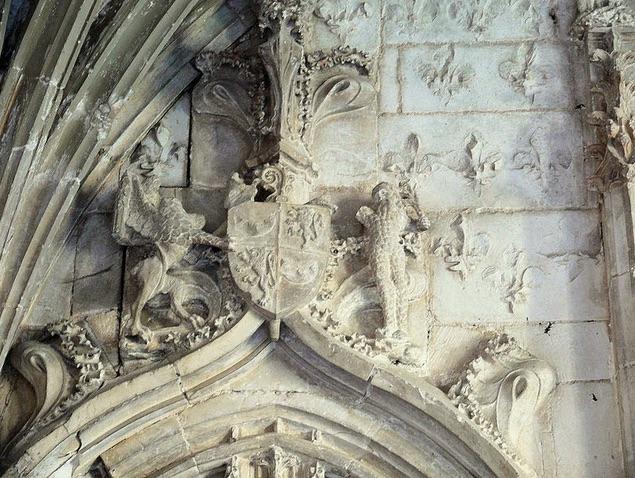- Read offline
- Access all content
- Use the in-app Map to find sites, and add custom locations (your hotel...)
- Build a list of your own favourites
- Search the contents with full-text search functionality
- ... and more!
chou kale
kale
The French have a funny relationship with chou kale. Although indigenous to France, so much so that curly kale (chou frisé or curly kale) is the principal decorative motif in the medieval cloister of Cahors cathedral, for decades it was considered to be animal feed (like corn), something you only ate in a time of hardship along with chou cavalier.

Other names include chou frisée non-pommé (curly, headless cabbage), chou d’Alsace (cabbage from Alsace), or chou de lapin (rabbit cabbage). But everyone stopped growing it decades ago because no one wanted it.
Or rather people didn’t know they wanted it until American Kristen Beddard moved to Paris in 2011, and was so shocked not to find America’s trendy superfood in any shop that she began The Kale Project to encourage French farmers to grow it. Telling them it was healthy didn’t work, but telling them that it was a forgotten native vegetable, a legume oublié, did.
And few things have become more fashionable. Even the bigger supermarkets throughout France carry it. So who says one person can’t change things?
Images by Jean Jones, Michael Pauls

